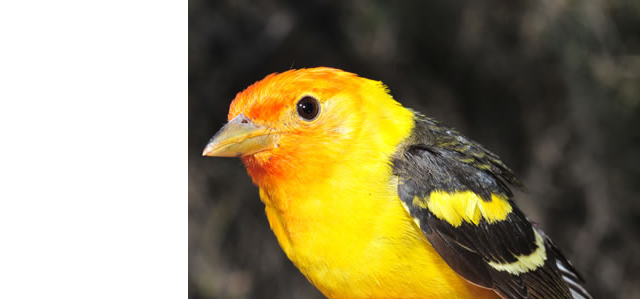
Biology Faculty & Staff Publications
Document Type
Article
Publication Date
1-1-2006
Abstract
The Smith-Fretwell model for optimal offspring size assumes the existence of an inverse proportional relationship (i.e., trade-off) between the number of offspring and the amount of resources invested in an individual offspring; virtually all of the many models derived from theirs make the same trade-off assumption. Over the last 30 years it has become apparent that the predicted proportionality is often not observed when evaluated across species. We develop a general allometric approach to correct for size-related differences in the resources available for reproduction. Using data on mammals, we demonstrate that the predicted inverse proportional relationship between number of offspring and offspring size is closely approached after correcting for allocation, though there is a slight curvature in the relationship. We discuss applications for this approach to other organisms, possible causes for the curvature, and the usefulness of allometries for estimating life-history variables that are difficult to measure.
Publisher
American Naturalist
Volume
167
Issue
4
First Page
578
Last Page
582
Language (ISO)
English
Keywords
offspring size, clutch size, trade-off, eutherians, allometry
Recommended Citation
American Naturalist 167(4):578-582
